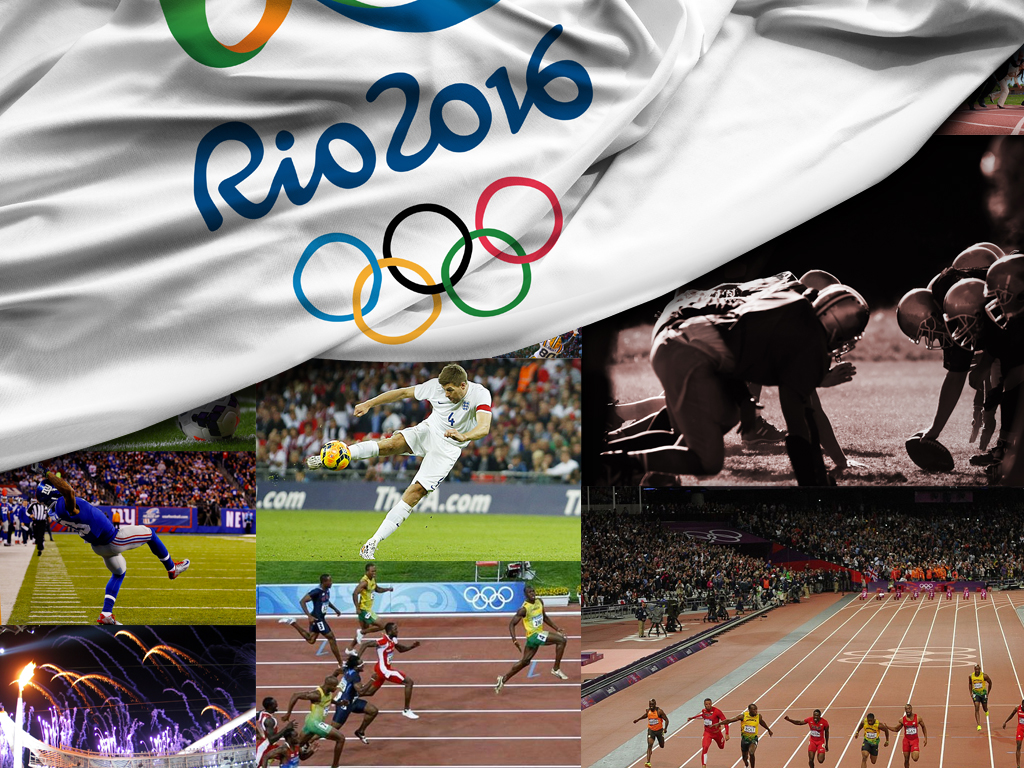Official sponsors aside, hundreds of brands will be fighting for consumer attention through social content efforts aimed at reaching people in places where they will naturally be having Olympics-related conversations. But, as we’ve seen with recent misses, entering the cultural dialogue in a timely and authentic way without a strategy is no easy task.
With the Rio 2016 Olympics just months away, marketers are already gearing up for what will be the year’s biggest cultural event. Brands are expected to dole out more than $1 billion in television spend – and that doesn’t include the bevy of content and experiences that will flood people’s feeds and streams come August. Here are three quick tips for brands seeking a spot on the podium this summer.
1. Find Out If (Or Where) Your Brand Fits
Major cultural events, like award shows and sports games, have a unique ability to bring households together. As friends and family members huddle up on the living room couch to watch the drama unfold, consider how your products might fit within this at-home viewing experience. Steal a page from Pepperidge Farm’s playbook: Ahead of this year’s Super Bowl, the brand commissioned foodie and parenting influencers to create content that would align the brand with at-home snacking during the Big Game. Absent a flashy :30 or :60 spot on screen, Goldfish was able to get into the conversation in a way that was both timely and relevant to busy moms.
2. Prepare For The Unexpected
Millennials are twice as likely to be interested in the cultural chatter that surrounds the games than their non-Millennial counterparts. That’s because Gen Y consumers live in a world of memes, GIFs, and retweets. Plan to utilize user-generated content to fuel your content strategy. Setting up a newsroom during the games is a given for brands prioritizing a real-time approach to social media content. While these types of “command centers” might elicit an eye roll from RTM-fatigued marketers, they can be much simpler than they sound. The keys are to have the tools needed to get in front of meme-worthy moments as they happen and to have the personnel on call to quickly make approvals before posting. Another way to fill your content pipeline is to invite your audiences into the storytelling process. Whirlpool is a brand that has had great success in this vein; their large-scale ad campaign from 2015 asked families to showcase their everyday acts of care in the home via social content. The brand was able to repurpose the UGC as part of an evergreen content strategy, and the user-generated stories often outperformed the brand’s more finessed content.
3. Partner With Relevant Content Creators
Influencer marketing doesn’t mean paying a digital celebrity big bucks to shill your products on Instagram. Creator partnerships should be viewed as an opportunity to borrow relevance within specific topics where partner influencers have earned the trust of engaged communities. Astute creators are already teeing up their editorial calendars ahead of the Olympics, so now is the time to engage them. Find ways to play into their unique approaches to content to drive the most engagement from their audiences and leverage their subject matter expertise to inspire others to create and share their own content. P&G has been a consistent leader in this space with regards to Olympics marketing. In support of their popular “Thank You Mom” campaign, the brand enlists bloggers to amplify the conversation and encourages their followers to join in. The approach rallies people around a powerful emotional theme and fosters stronger engagement across the brand, the influencer and their community. While formal Olympics partnerships are reserved for a select few partners, marketers and agency content teams, nearly every major brand will have the opportunity to participate in the global conversation.


